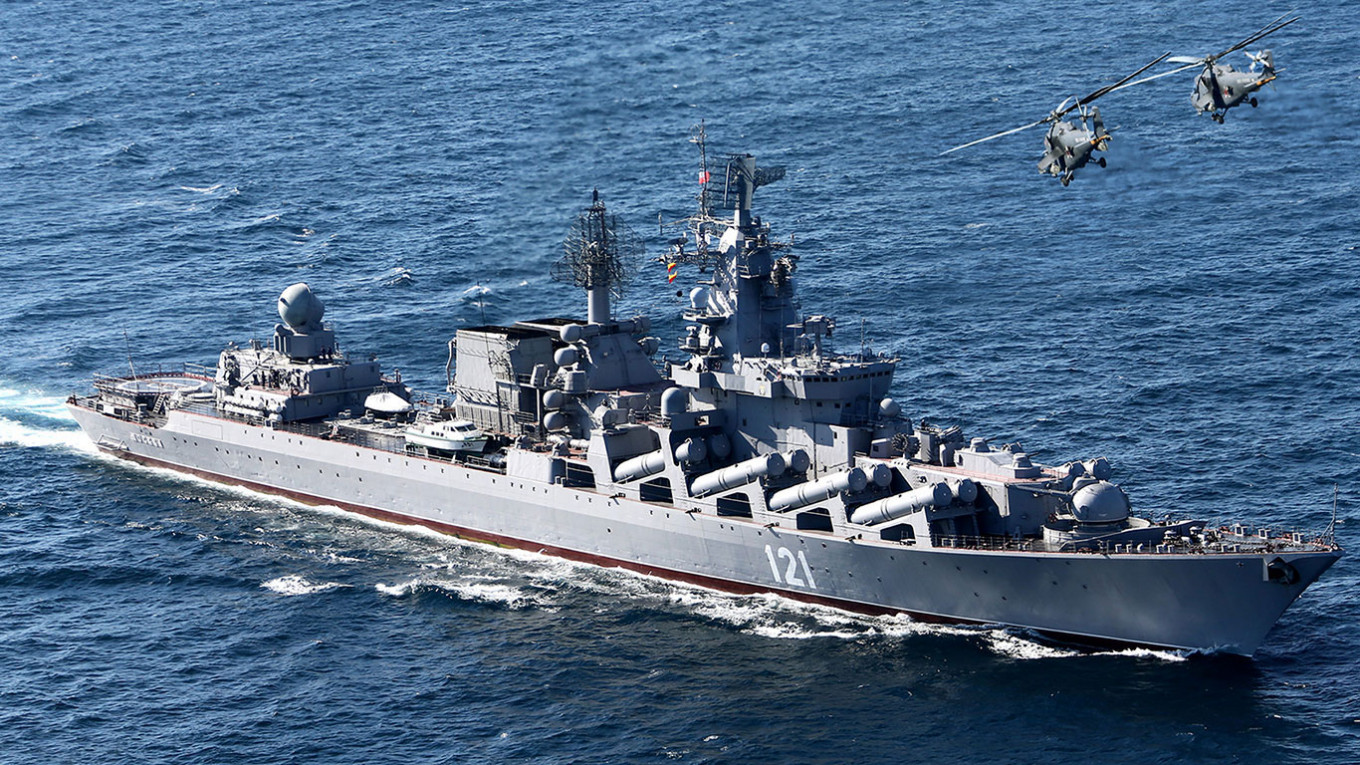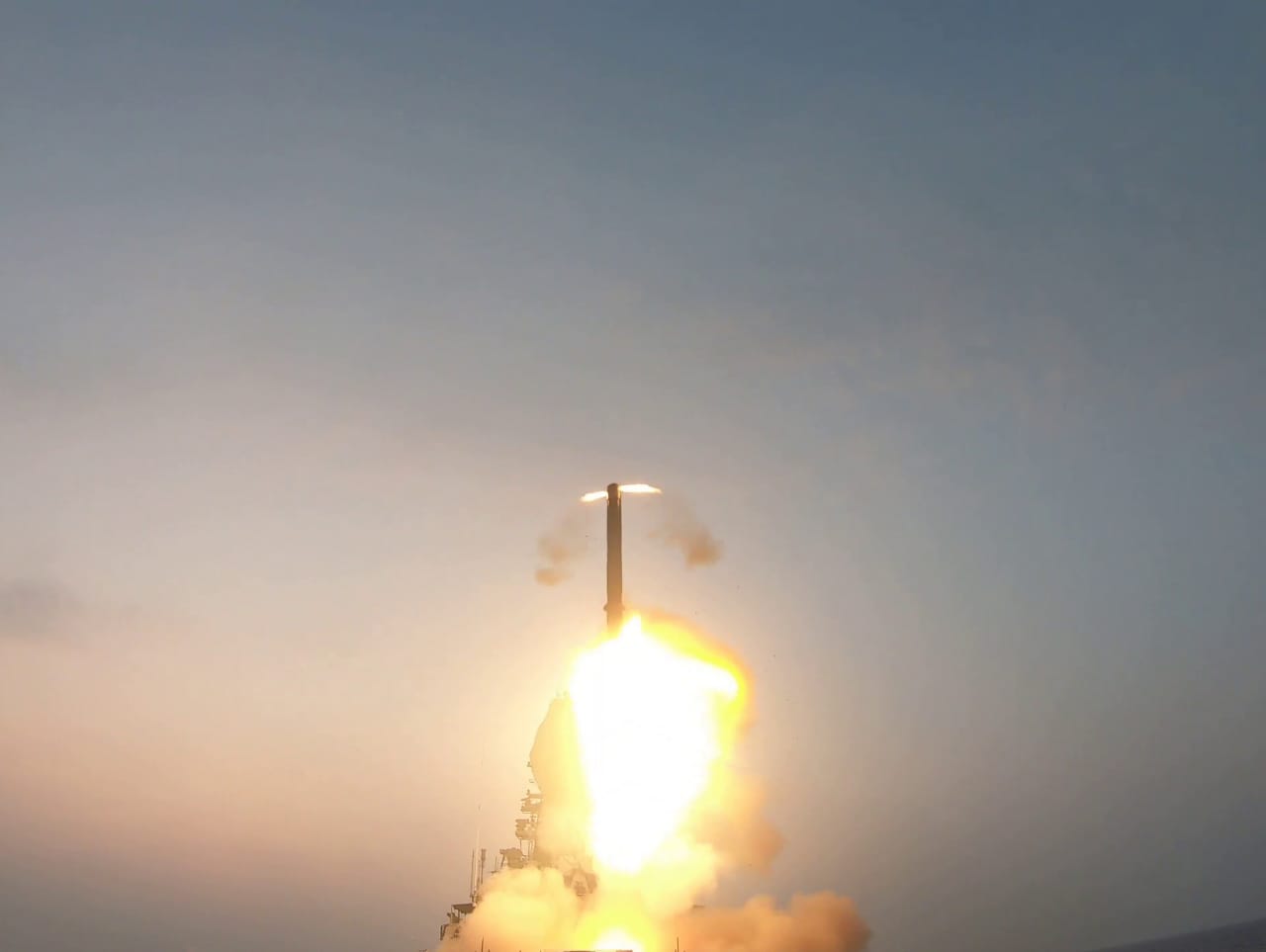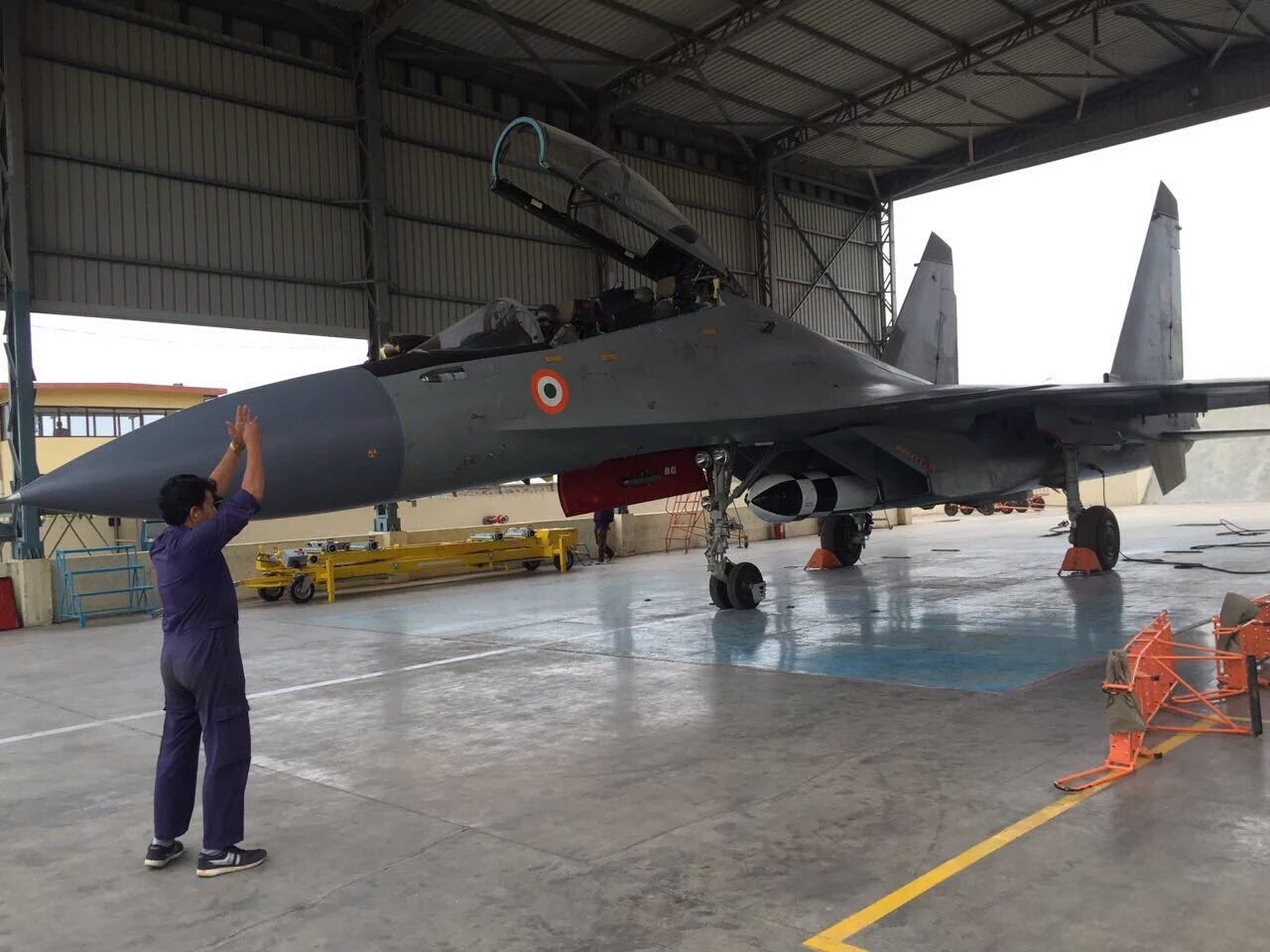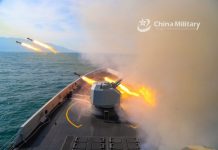Ukraine’s ‘Neptune’ strike on the Russian Moskva warship brought into focus Ukraine’s home-grown missile development capability. Meanwhile, India also successfully tested its supersonic BrahMos missiles which it produces in collaboration with Russia.
Blazing At Mach 20, Russia Says Its Sarmat ICMB To Team-Up With Avangard Hypersonic Missile To Boost Strike Capability
On April 13, Ukrainian missiles destroyed the Russian Black Sea fleet’s flagship, the guided-missile cruiser Moskva. The ship sank while being towed back to the port.
While Russia first blamed the ship’s damage and sinking on fire on board, US defense sources later verified that the ship was destroyed by Ukrainian missiles.
The Moskva was a Slava-class missile cruiser that served as the flagship of the Russian Navy’s Black Sea Fleet. The cruiser was reportedly equipped with 16 supersonic anti-ship missiles (SS-N-12 Sandbox).
It was a massive ship, weighing about 11,500 tons, and it would take a very well-aimed Neptune anti-ship missile to strike and sink it.

Surface naval assets have become more vulnerable to attack as the surveillance capabilities that are networked with missiles based on air, land, and sea platforms have advanced. Using a mix of Global Positioning Signals (GPS), laser guiding, and inertial navigation systems greatly improves the accuracy of the Russian attack.
Just a reminder.
A week ago, russian flagship Moskva was nicely sent to hell. A video of how ?? anti-ship cruise missile Neptune works.?#SlavaUkraini pic.twitter.com/u8rI2iV1is— Oleksiy Biloshytskiy (@Biloshytsky) April 21, 2022
Neptune Cruise Missile
The Neptune Cruise Missile (R-360 Neptune) is a Ukrainian anti-ship cruise missile developed by the Luch Design Bureau.
Russia Puts Its ‘F-22 Killer’ S-500 Missile Defense System Into Mass Production As Tensions Boil Over Ukraine
Neptune is based on the Soviet Kh-35 anti-ship missile; however, it has a far longer range and better electronics. Surface warships and cargo vessels with a displacement of up to 5,000 tons, sailing in convoys or independently, can be struck by this weapon which was inducted in March 2021.

This missile travels at a speed of roughly 671 mph, which is slower than sound, and it flies near to the water, especially as it approaches its target, increasing the chances of hitting the ship at the waterline.
It uses both inertial guidance and active radar to get to its target. Inertial guidance tells the missile where it is an active radar directs it to the portion of the ship it is supposed to hit.
Like the Kh-35, it initially had a range of 62 miles (100 kilometers) which was greatly enhanced during subsequent tests, with the manufacturer claiming a range of 186 miles (300 kilometers).
America’s New “Super Weapon” — Aiming To Repeat Afghan Success In Ukraine, Pentagon Arms Kiev With Deadly Ghost Drones
The Neptune has a diameter of slightly more than 16 inches (420 mm) and weighs more than 1,900 pounds (870 kg).
While the Neptune managed to become a talking point among security analysts, military observers, and experts, India quietly went ahead and tested its own incredible missile ‘BrahMos’ that it jointly manufactures with Russia.
Is BrahMos Better Than Neptune?
Earlier this week, in a show of strength and skill, two of BrahMos supersonic cruise missile variants successfully displayed their firepower in tests conducted by the Indian Navy and the Indian Air Force.

While the Indian Air Force fired an air variant of the revered missile from Sukhoi Su-30MKI and hit a disbanded warship with precision, the Indian Navy on the other hand fired a naval variant from its guided destroyer INS Delhi.
As the news about the demonstrations started to trickle on social media, some netizens drew a comparison between Neptune and the BrahMos missile.
A Twitter user in an interesting post said — “The Brahmos has 50x the kinetic energy of the Neptune, and twice the warhead capacity (150kg on Neptune Vs 300kg on Brahmos). Imagine the effects than of by a single Brahmos strike.” The tweet which received positive responses and a lot of traction among online military watchers also said that “If the Moskva (12,000T) reportedly has sunk with two direct hits from Neptune missiles, 1-2 Brahmos could theoretically disable a USN Super Carrier.”
Precisely Designed For Ukraine-Like War — F-35 Pilot Revels How US Stealth Jets Can Deflate “Moscow’s Machoism”
However, both missiles are a class apart from one another. An expert, who preferred to stay anonymous said that the BrahMos is notable for its supersonic speeds of Mach 2.0-3.0, depending on the cruising altitude. This speed not only makes it harder to intercept but also gives it more firepower.
He added with supersonic speeds and cruising along the water, BrahMos somewhat becomes like a stealth missile that you may just detect but cannot intercept.
It has an inertial navigation system (INS) for targeting ships and an INS/GPS for targeting land targets. Depending on the model and launch platform, the BrahMos has a range of 300-500 kilometers, much more than Moskva-killer Neptune.

BrahMos can carry a 250 kg submunition warhead or a 200 or 300 kg high explosive semi-armor-piercing warhead. It can be launched from the ground, from a vertical launch system, from a ramp launcher, or from the air (a capability that even Russia lacks).
And do not forget, the BrahMos is also nuclear-tipped. A full-throttle pre-emptive nuclear strike against enemies can ensure their offensive capability is thoroughly eradicated and it is never again a threat to India, the expert concluded.
Wiped-Out In 10 Mins – How An Entire US Carrier Battle Group & 13,000 Personnel Were ‘Sunk To Bottom’ During Millennium Drills
The BrahMos, like many other missiles in Russia’s inventory, far exceeds the power and capability of Ukrainian Neptune missiles in terms of speed, weight, and payload capacity. All these specifications make the Indo-Russian BrahMos missile much more lethal and advanced than the Neptune.
However, Neptune could be very useful for Anti Access/ Area Denial capability for a defensive country like Ukraine. On its part, Russia has widely deployed Kalibre and Iskander missiles against Kyiv.
Having said that, even though Russia is engaged in manufacturing of BrahMos missiles with India, but does not deploy the same missiles. Some sources have mentioned that Russia has its anti-ship variant of the missile but not ground and air-launched ones.
- Contact the author at sakshi.tiwari9555@gmail.com
- Follow EurAsian Times on Google News




